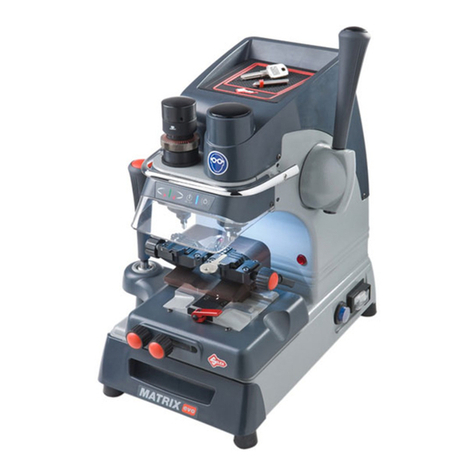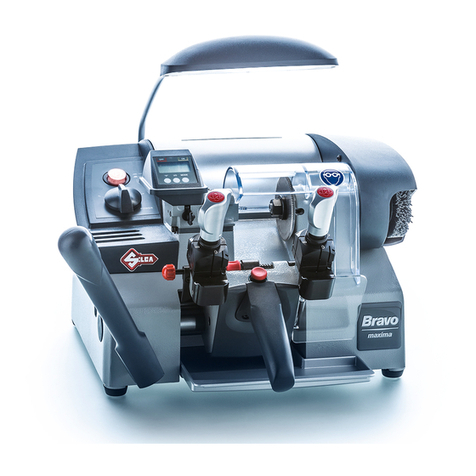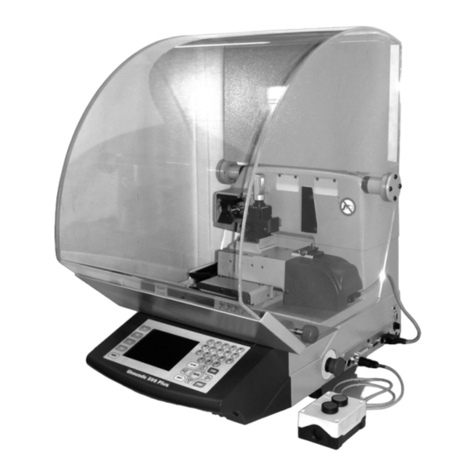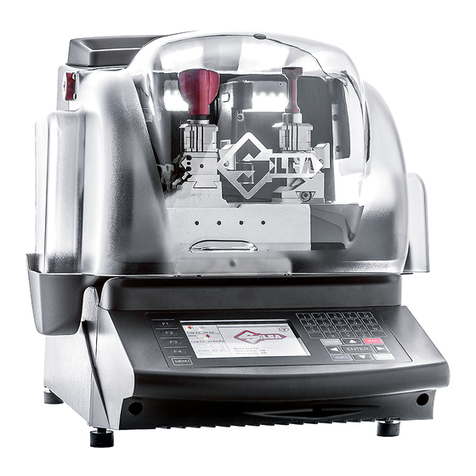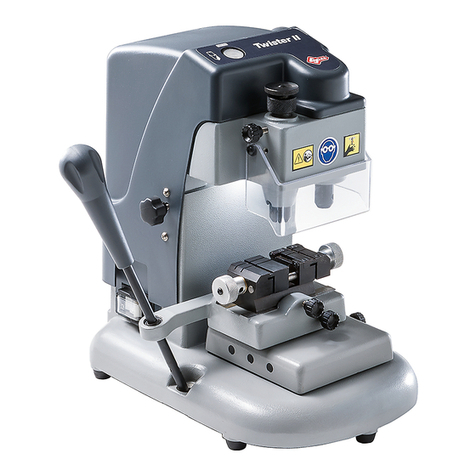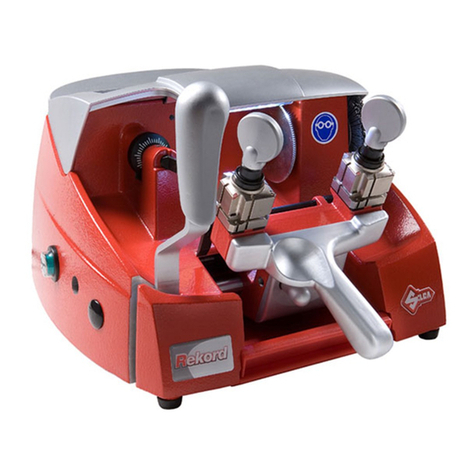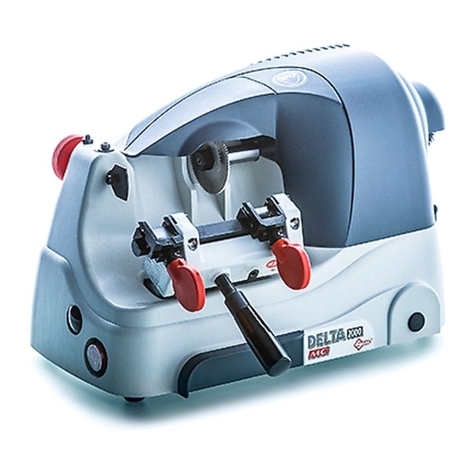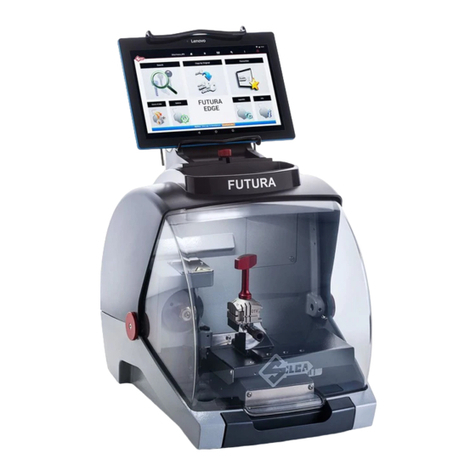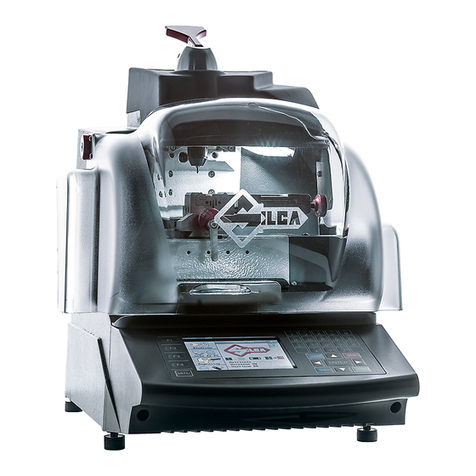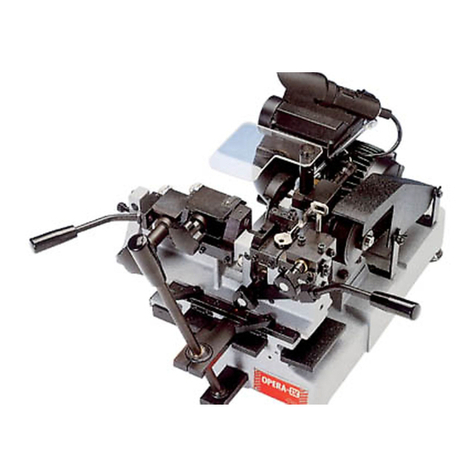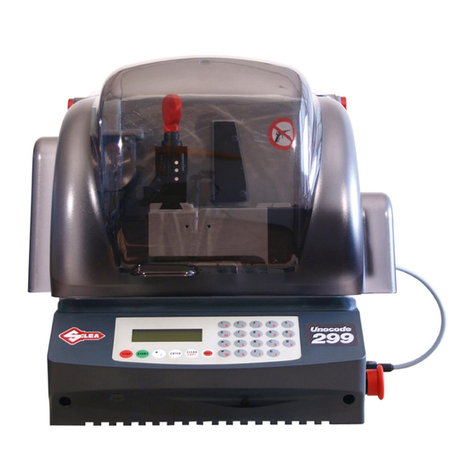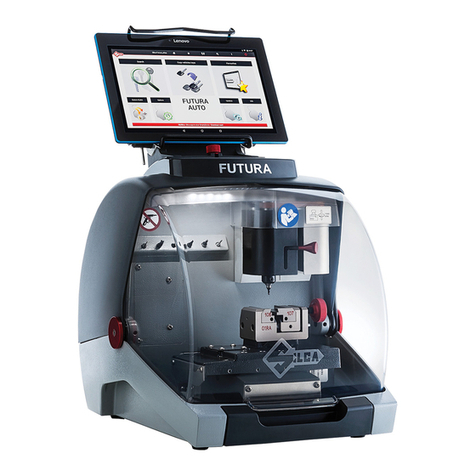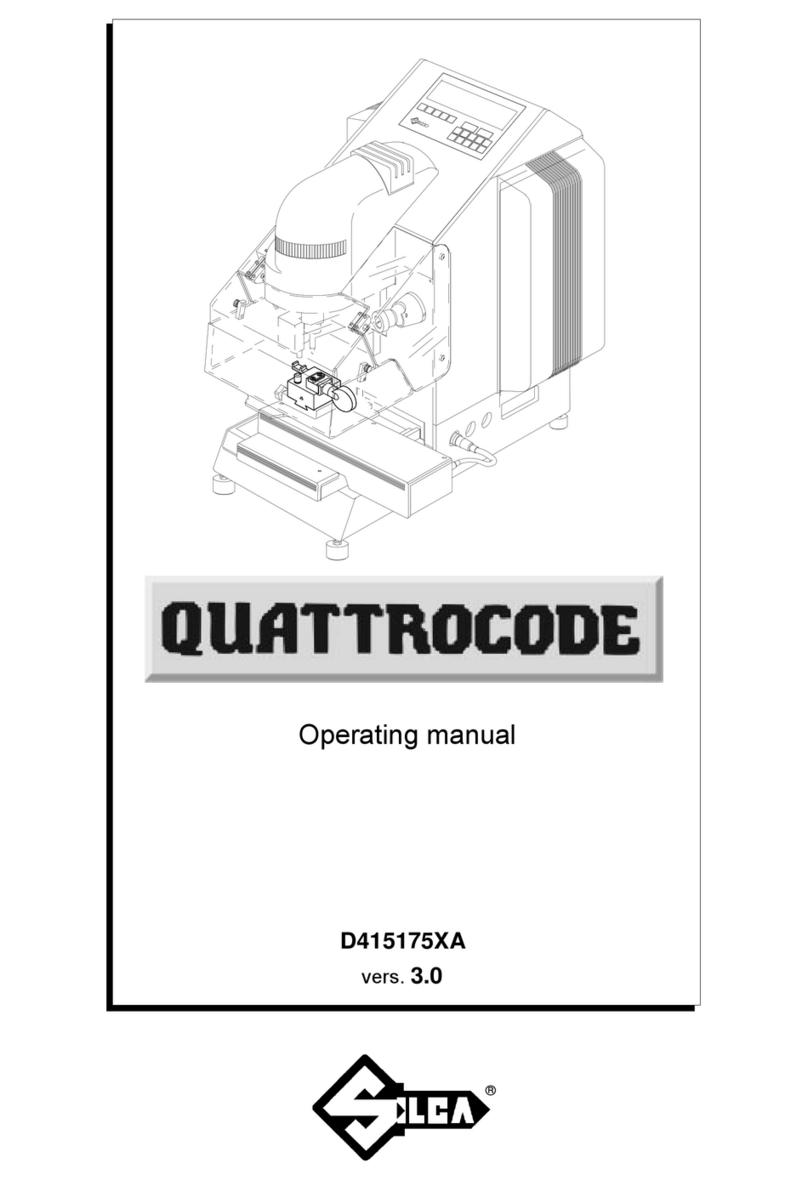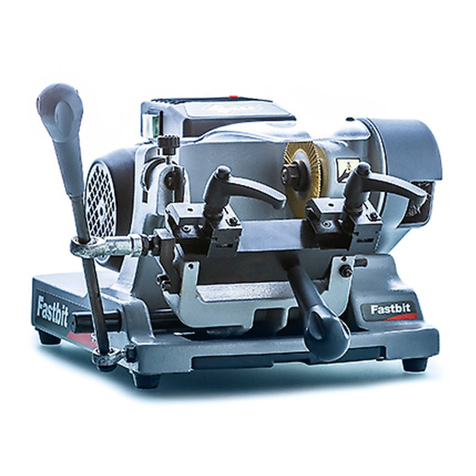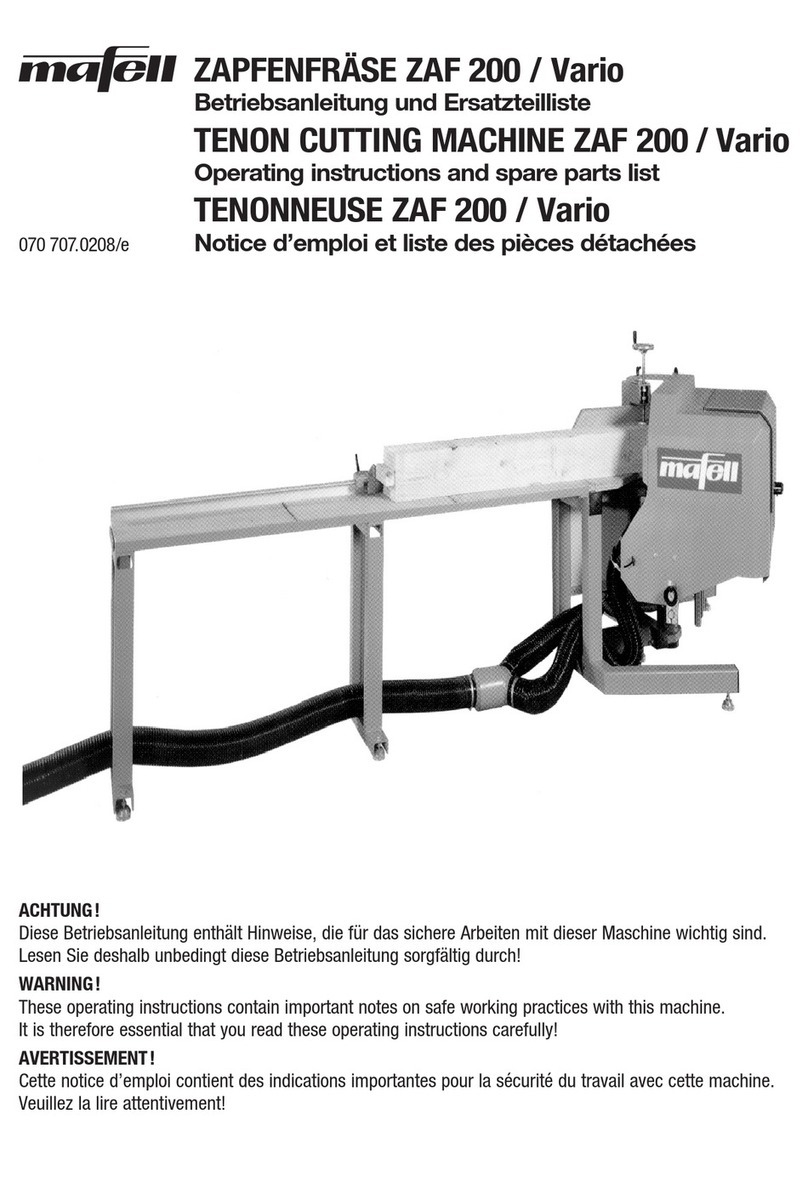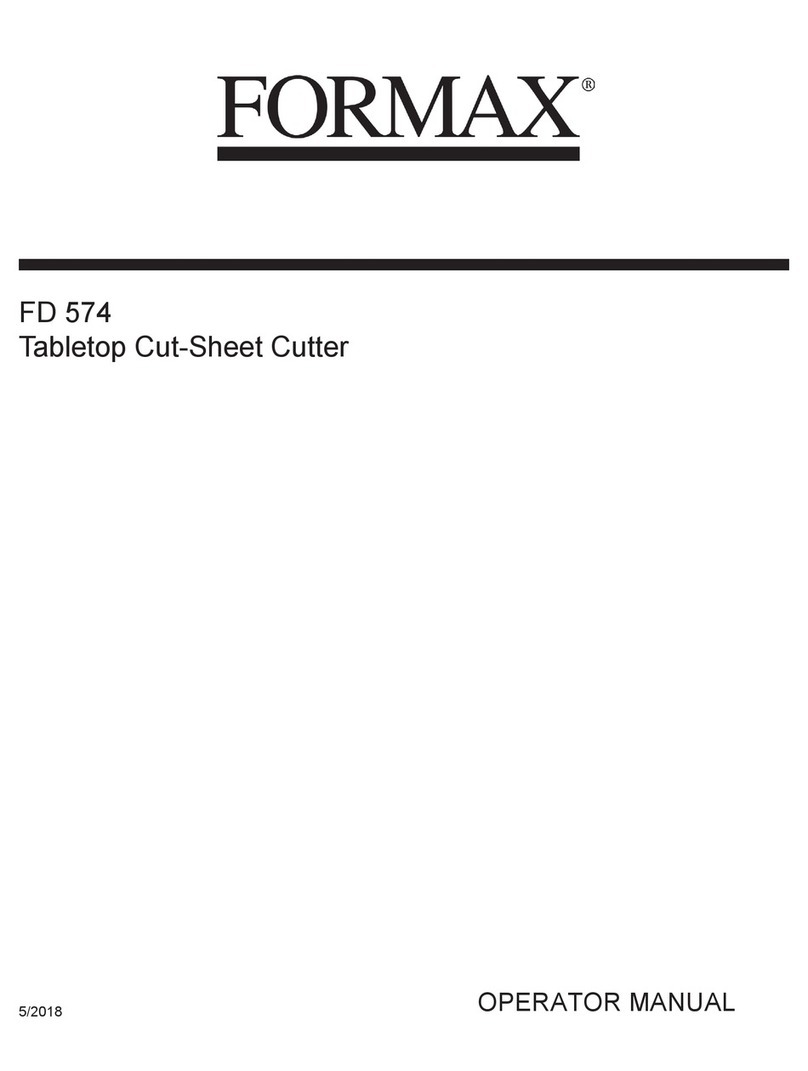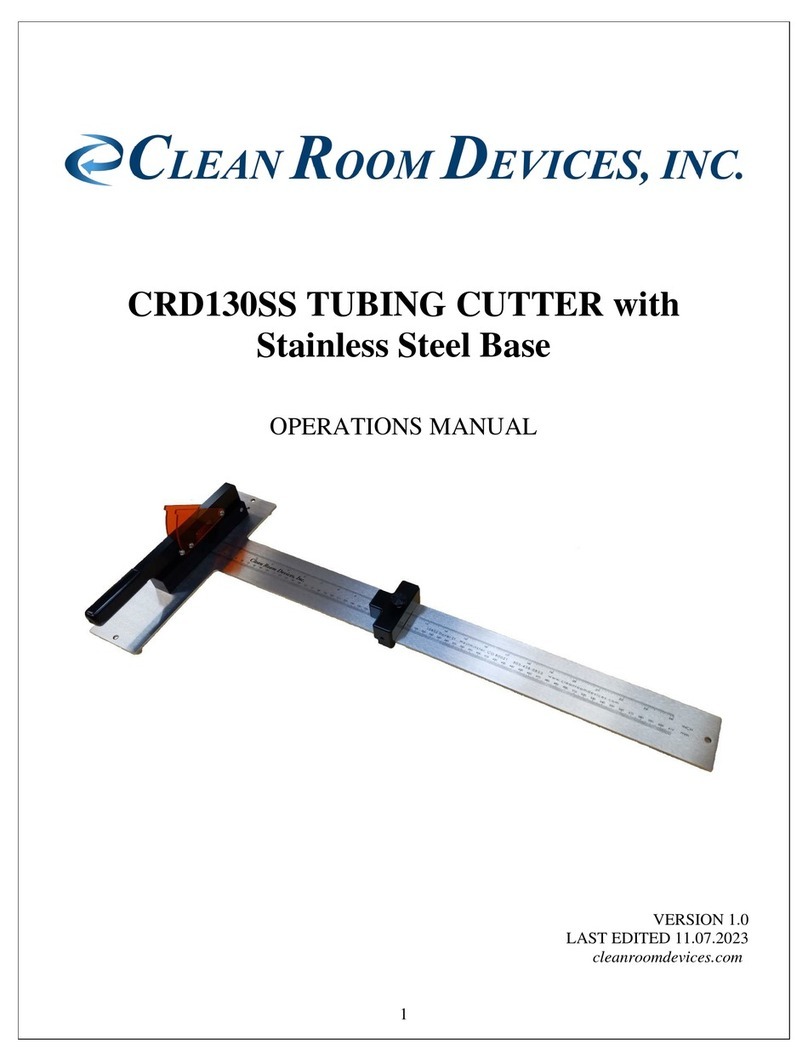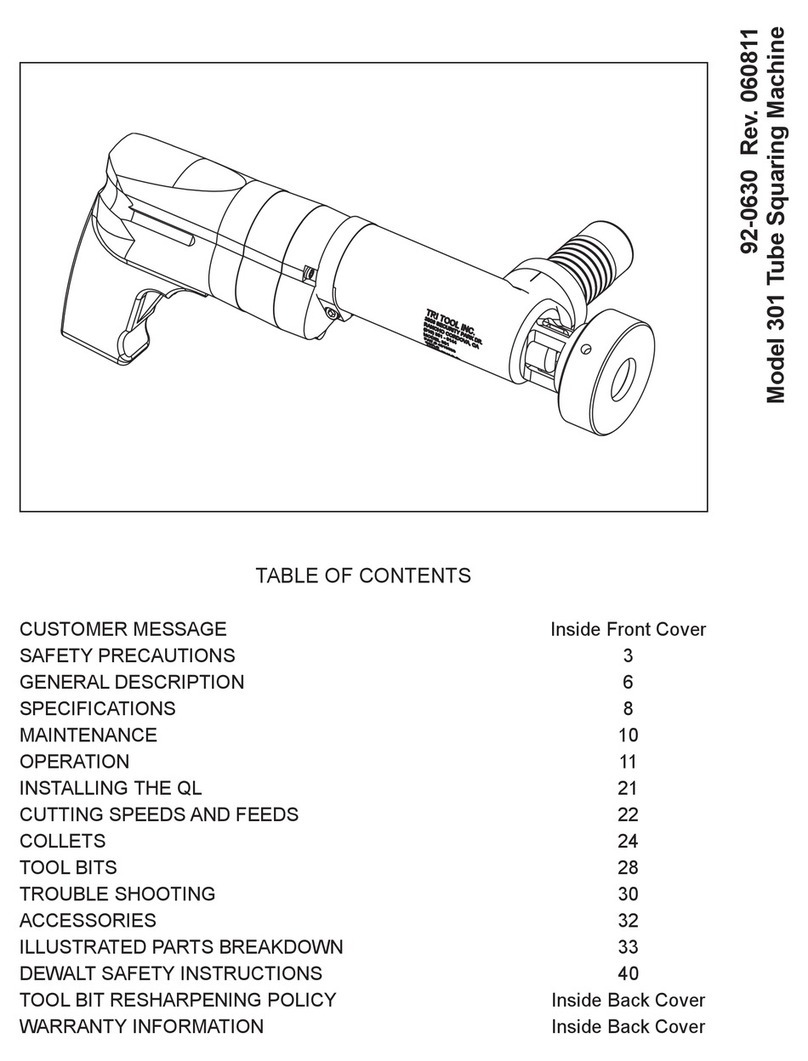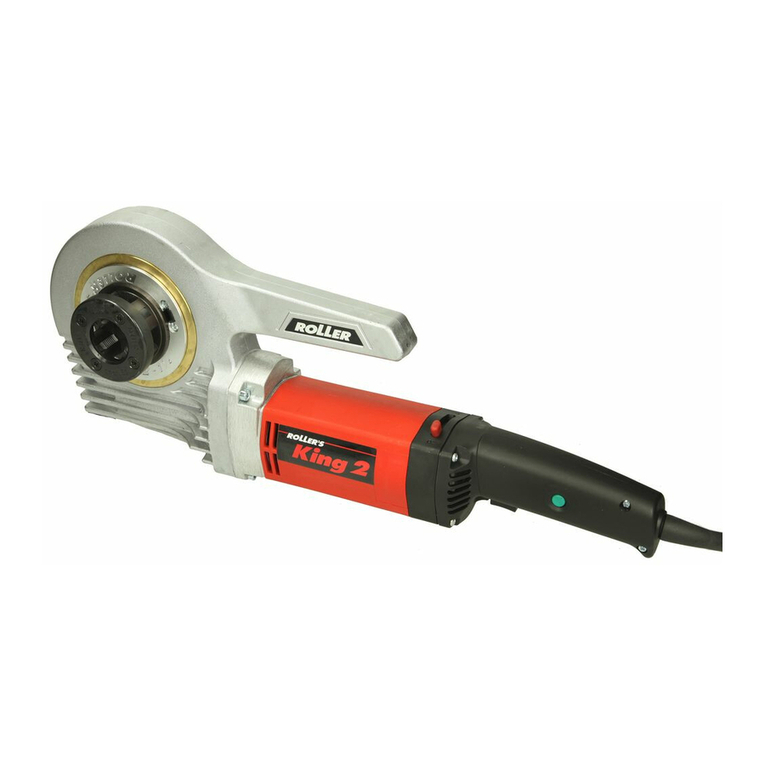
INDEX
REFERENCE GUIDE ...................................................................................................................1
GENERAL ....................................................................................................................................5
1 MACHINE DESCRIPTION ........................................................................................................6
1.1 Main characteristics ............................................................................................................... 6
1.2 Safety ..................................................................................................................................... 7
1.3 Main working parts ................................................................................................................. 8
1.4 Technical data ....................................................................................................................... 9
1.5 Accessories provided ........................................................................................................... 10
2 TRANSPORT ..........................................................................................................................11
2.1 Packing ................................................................................................................................ 11
2.2 Unpacking ............................................................................................................................ 11
2.3 Machine handling ................................................................................................................. 12
3 MACHINE INSTALLATION AND PREPARATION .................................................................13
3.1 Checking for damage ........................................................................................................... 13
3.2 Environmental conditions ..................................................................................................... 13
3.3 Positioning and installation .................................................................................................. 13
3.4 Description of work station ................................................................................................... 13
3.5 Graphics .............................................................................................................................. 14
4 “SET UP” AND USE OF THE MACHINE ...............................................................................15
4.1 Keyboard and functions ....................................................................................................... 15
4.2 Use of the clamp .................................................................................................................. 16
4.3 Cutting by electric contact .................................................................................................... 17
4.4 Cutter ................................................................................................................................... 17
4.5 Changing the cutter ............................................................................................................. 17
5 USER’S GUIDE .......................................................................................................................18
5.1 Symbol and terminology ......................................................................................................18
5.2 Initial Operations .................................................................................................................. 18
5.3 [0] Copy from original........................................................................................................... 20
5.4 Copy from ORIGINAL for FRONT STOP - MALE ................................................................ 24
5.4.1 Reading keys with front stop (double bit, single bit - male) ........................................................24
5.4.2 Cutting keys with front stop (double bit, single bit - male) ..........................................................24
5.5 Copy from ORIGINAL for FRONT STOP - FEMALE ........................................................... 26
5.5.1 Reading keys with front stop (double bit, single bit - female) .....................................................26
5.5.2 Cutting front stop keys (double bit, single bit - female) ..............................................................27
5.6 Copy from ORIGINAL for CENTRE STOP .......................................................................... 28
5.6.1 Reading keys with centre stop (English type) ............................................................................28
5.6.2 Cutting keys with centre stop (English type) ..............................................................................29
5.7 FAS 309 Plastic Stem .......................................................................................................... 30
5.8 Adapter for cutting CHUBB keys with square section stems ............................................... 31
5.9 PUMP KEYS ........................................................................................................................ 32
5.10 MUEL PUMP KEYS .............................................................................................................35
5.11 FIAM KEYS .......................................................................................................................... 38
5.12 KEYS WITH REAR STOP (Male keys and Female keys) ................................................... 43
5.12.1 FRENCH REAR STOP KEYS.................................................................................................... 51
5.13 SMALL BIT / DOUBLE BIT KEYS ....................................................................................... 53
5.14 SPECIAL BIT FEMALE KEYS ............................................................................................. 57
5.15 POST-READING adjustments to make to the key after reading ......................................... 61
5.15.1 Front-rear bit conversion ............................................................................................................62
5.15.2 “X” Specular bit conversion ........................................................................................................ 62
5.15.3 Correcting bit depth ....................................................................................................................63
5.15.4 Bit construction ...........................................................................................................................64
5.16 Decode and copy ................................................................................................................. 66
5.17 Entering the cuts .................................................................................................................. 67
5.18 Use Of The Machine with a Personal Computer ................................................................. 70
5.19 Use of the Machine with OPTIKA via PC.............................................................................. 72
